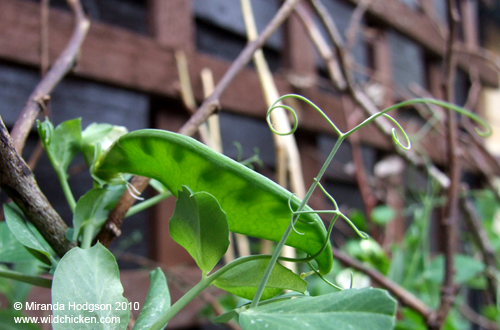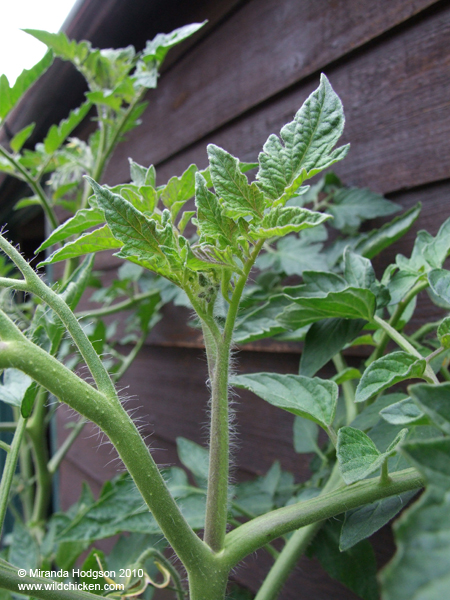The vegetable garden in June - what to do now

Now that much of the vegetable planting and sowing has been done, there is a change from the planting frenzy of spring to that of constant weeding and watering. Here is a guide to what's happening and what to do in the vegetable garden in June.
Although we had a lot of rain during the first part of June, brighter weather is in the forecast here and there so watering may be necessary. You can see the forecast for the rest of the month on the Met Office site. The Meteo website also has a rain radar showing rain over the UK, as well as Witney weather, which is useful for planning gardening days and watering.
Vegetables to plant out
Artichokes, Brussels sprouts, cabbages, cauliflower, celeriac, Kohl rabi, leeks, lettuce, peas, potatoes, rhubarb.
Whilst peppers and tomatoes can be grown in the ground, I prefer to keep them in pots in case the weather changes and I need to bring them under cover. I made this decision after last yearís Ďbarbecue summerí forecast. Feeling optimistic, I planted out a lot of peppers and tomatoes only for the next six weeks to bring torrential rain. The peppers in the ground had little fruit and all the tomatoes in the ground got blight. Not getting caught out like that again!
Vegetables that can be started now, in the ground, from seed
Salad vegetables will grow well in light shade and can be sown between vegetables that take longer to grow, such as broad beans, winter cabbages or leeks. Sweetcorn, French beans, courgettes, squash, winter turnips and peas can still be sown now.
Things to do
Same as last month, plus:
Continue to earth up potatoes.
Broad bean plants may need some support if they have grown very tall and the weather is windy. Put in stakes at each end of the row and run string or wire between them along the row. This will stop the bean plants from blowing over.
Tomatoes and peppers that arenít watered regularly often get blossom end rot (caused by a calcium deficiency due to erratic water supply), so pay attention to watering, especially if plants are growing in containers. On very hot days, they may need watering twice a day.
Start feeding tomatoes, cucumber and peppers as soon as they start to fruit. Use a general purpose tomato feed.
If you donít have many tomato plants and donít want to spend on buying more, you can easily make more plants by rooting the suckers that grow in the join between stem and leaf. Once the sucker is about 12cm (5 inches) long, remove it by gently rocking it back and forth until it snaps off. Tomato stems root easily, but you can use a rooting hormone to make sure. Dip the end of the stem into the gel or powder and put it straight in to a pot of moist compost. Keep the compost just moist and it should root quickly, giving you another plant for very little effort.

Tomato sucker ready to remove and pot up
Keep on top of weed growth by hoeing often. Hoeing on hot, dry days means that the weeds will die on the surface and are less likely to reroot and carry on growing. Sharpening the hoe blade will make the job easier and faster.
Collect sticks and long twigs for peas to scramble over. Prunings from the garden are ideal. Some pea types grow up to 2m (over six feet) and will need long canes to climb up.
Things to watch out for
Once again, those slugs and snails are active and looking towards your tender young seedlings. Pick them off and dispose of them in the way that seems least gruesome to you, or use beer traps. If you have chickens, they will appreciate slugs as a juicy treat and make short work of them, but donít be tempted to let the chickens into the vegetable garden as they also enjoy young seedlings.
Cabbage white butterflies are on the wing now and will be attracted to all plants of the cabbage family, where they will lay hundreds of eggs. Cabbages can be netted or you can construct a framework of wood and netting to place over them. This will protect the plants and prevent them being eaten by caterpillars. If you do spot caterpillars on your cabbages, pick them off and destroy them or give them to your chickens.
Netting cabbages will also protect them from pigeons, who find them a good food and who probably go out for breakfast earlier than many of us.
If you decide that you need to use an insecticide, spray plants late in the evening after the bees and other beneficial insects have gone to bed.
Water cabbage plants regularly to ensure that they are strong enough to grow through the phase of flea beetles that will be starting. Flea beetles are very small black beetles that chew tiny holes in young cabbage seedlings.
If cats come into your garden, they will find your seed beds an ideal toilet and can cause a lot of mess and damage. Poking sticks into the ground deters them from squatting amongst your seedlings. Laying down prunings from thorny plants such as Berberis or Pyracantha also helps.
Make time to enjoy your garden - bring out a chair and sit and watch the wildlife!
© Copyright Miranda Hodgson 2010